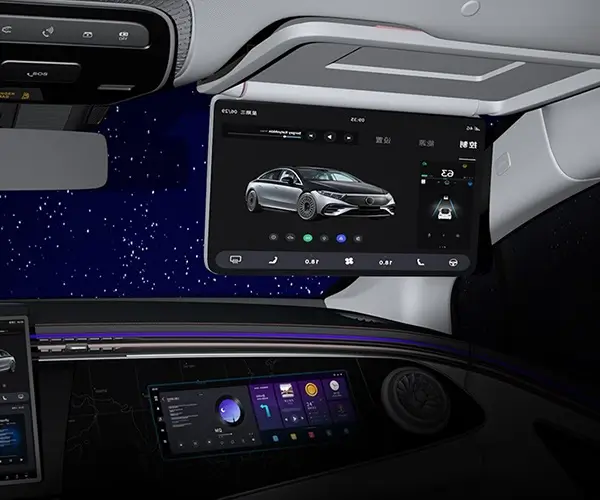Imagine a world where your microservices dance in perfect harmony, handling complex business processes like a well-orchestrated symphony. That’s where the Saga design pattern in C# flipping the script on distributed transactions comes into play. It’s like putting a safety net under your microservices — not just avoiding the classic pitfalls of chaos, but turning your architecture into a resilient powerhouse.

So, what’s really going on here? Think of each service as a piece of a puzzle that needs to fit perfectly. When they work independently, things get tricky, especially when a change in one impacts the others. Enter the Saga pattern: it breaks down the big transaction into smaller, manageable steps. These steps are coordinated through either choreography or orchestration, making sure if one step falters, the system gracefully undoes its work — like a master chef knows exactly when to step back and restart if the sauce isn’t quite right.
Why does this matter? Imagine a booking platform where multiple microservices coordinate seat reservations, payment, and notifications. Without Saga, one little hiccup could leave things half-done or worse, inconsistent. With Saga in place, each transaction is tracked precisely, and compensations kick in if something goes sideways. Think of it as having an undo button that’s built right into your system.
Now, integrating Saga pattern with microservices in C# isn’t just a technical choice — it’s a strategic move. It transforms a fragile, tightly coupled setup into a resilient, scalable one. No more slogging through failed transactions or risking data inconsistencies. Your system becomes smarter, more flexible, ready to adapt even when chaos strikes.
The magic is in the details. When designing a Saga, picking between choreography and orchestration depends on the flow you want. Choreography keeps things spontaneous, with services reacting directly to events. Orchestration, on the other hand, puts a central controller in charge, guiding the process. Both methods give your system a boost, but choosing wisely depends on your project needs.
Many developers ask, "Is Saga really necessary?" The answer? It’s a game-changer for distributed systems. If your microservices are growing more complex, Saga helps keep everything under control. Plus, it’s not just about avoiding failure — it’s about enabling win-win scenarios, where services recover and keep users happy.
All of this boils down to making your architecture flexible, reliable, and ready for the real world. Whether you're tackling transactions across cloud-based services or orchestrating separate modules, Saga in C# gives you the tools to build systems that don’t just work — they excel. It’s a move toward smarter, more robust microservices, and once you see the results, you’ll wonder how you ever managed without it.
Established in 2005, Kpower has been dedicated to a professional compact motion unit manufacturer, headquartered in Dongguan, Guangdong Province, China. Leveraging innovations in modular drive technology, Kpower integrates high-performance motors, precision reducers, and multi-protocol control systems to provide efficient and customized smart drive system solutions. Kpower has delivered professional drive system solutions to over 500 enterprise clients globally with products covering various fields such as Smart Home Systems, Automatic Electronics, Robotics, Precision Agriculture, Drones, and Industrial Automation.




































